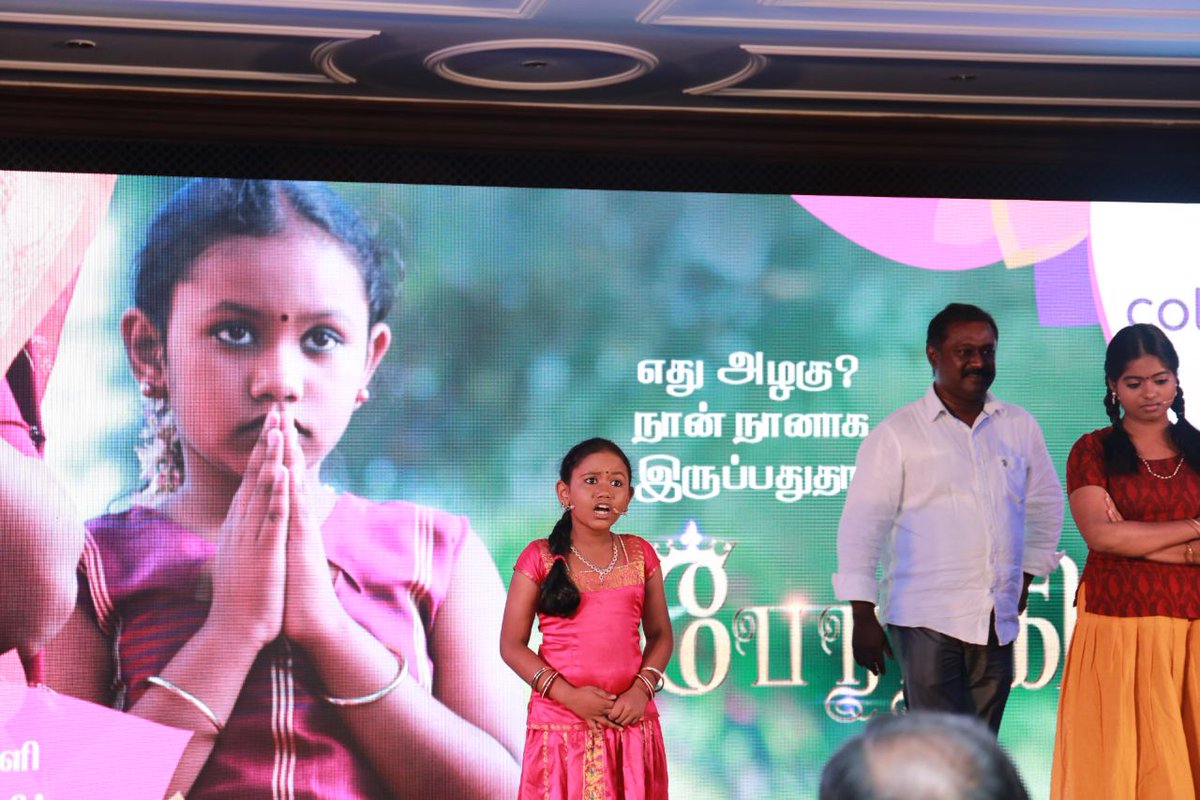Serial Casting Technique

The Ponseti Method has been a proven Technique to treat Clubfeet in New-Born. Hospital for Special Surgery. The Ponseti Technique; Manipulation and Casting. Comparison of serial casting and stretching technique in children with congenital idiopathic clubfoot: Evaluation of a new assessment system.
• • • • • Introduction: A Brief History of the Ponseti Method Ignacio V. Ponseti can be credited with developing a comprehensive technique for treating congenital clubfoot in the 1940s. One of the major principles of this technique is the concept that the tissues of a newborn's foot, including tendons, ligaments, joint capsules, and certain bones, will yield to gentle manipulation and casting of the feet at weekly intervals. By applying this technique to clubfeet within the first few weeks of life, most clubfeet can be successfully corrected without the need for major reconstructive surgery. This technique is based upon Ponseti's experiences with the wide variety of treatments being applied at that time and his observations in the clinic and operating room, as well as his anatomic dissections and analysis by using a movie camera to produce radiographic images.

Utilizing these principles and his understanding of clubfoot anatomy, Dr. Compaq Presario V3000 Recovery Disk Free Download there. Ponseti began employing this technique in 1948 at the University of Iowa. Recently, his observations have been confirmed using modern techniques, including (MRI).
The Ponseti technique has become the most widely practiced method for initial treatment of infants born with clubfeet. It is an easy technique to learn and, when applied accurately, it yields excellent results. The Ponseti Technique The corrective process utilizing the Ponseti technique can be divided into two phases: • The Treatment Phase - during which time the deformity is corrected completely • The Maintenance Phase - during which time a brace is utilized to prevent recurrence During each of these phases, attention to the details of the technique is essential to minimize the possibility of incomplete correction and recurrences. • The Treatment Phase The treatment phase should begin as early as possible, optimally within the first week of life. Gentle manipulation and casting is performed on a weekly basis. Each cast holds the foot in the corrected position, allowing it to gradually re-shape. Generally, five to six casts are required to fully correct the alignment of the foot and ankle.
At the time of the final cast, the majority of infants (70% or higher) will require a percutaneous surgical procedure (with a small incision through the skin) to gain adequate lengthening of their Achilles tendon. • The Maintenance Phase The final cast remains in place for three weeks, after which the infant's foot is placed into a removable orthotic device. The orthosis is worn 23 hours per day for three months and then during the night-time for several years. Failure to use the orthosis correctly may result in recurrence of the clubfoot deformity.
Good results have been demonstrated at multiple centers, and long-term results indicate that foot function is comparable with that of normal feet. Manipulation and Casting - Distinct Elements of the Ponseti Method The unique manipulation and casting maneuvers used in the Ponseti technique are just two examples of several elements which make it quite distinct from other casting methods. First Cast: Prior to casting, the position of the forefoot (front of the foot) in relation to the heel creates cavus (abnormally high arch) of the foot. The first cast application addresses the foot deformity, aligning the forefoot with the hindfoot (back of the foot).
In doing so, the cavus (Figure 1) is corrected (Figure 2), typically after one cast. (Figure 3) Figure 1: Before treatment. The marked curvature of the foot, called a cavus deformity, is characterized by a visible crease in the midsection of the foot. The foot is tilted down due to tightness of the Achilles tendon. Figure 2: The initial Ponseti cast.